
Sustainable Horticulture: 5 Ways to Improve Your Farming Practices
June 14, 2021, 7:08 am
The increasing environmental awareness in the horticulture industry is encouraging fresh produce farmers to adopt more sustainable practices.
Sustainable Horticulture: 5 Ways to Improve Your Farming Practices
It’s no secret that farming has long been hard on the environment. However, until sustainable practices were introduced, farmers were under immense pressure to farm efficiently and bring fresh food to the consumer. This meant sustainability took a back seat.
We’ve now reached a point where we either farm sustainably or we don’t farm at all. Chemical pesticides, fertilizers, and intense carbon emissions are having too big an impact on our soil, air, water, and climate.
If you’re looking to take measures to reduce your environmental impact and still meet consumer demand, here are five innovative solutions for you.
1. Use Integrated Pest Management
Pest management is essential to growing healthy crops, but pesticides do more harm than good, often causing severe soil degradation and affecting the health of crop workers.
IPM is a long-term, globally approved sustainable solution for managing crop pests. The ecosystem-based strategy uses biological, physical, chemical, and cultural techniques to observe pests in their earliest stages and determine which are harmful. Treatments are designed to target only the harmful organisms, not those that could coexist with the crops. After all, not all pests will interfere with crop growth.
Rather than chemically eliminating all organisms, IPM works to create unfavourable conditions for particular harmful organisms to prevent them from returning. IPM prevents unnecessary damage to ecosystems that have no impact on the growth of healthy crops.
2. Plant Cover Crops
Cover crops are specific plants that are grown to prevent soil erosion during off-seasons. These crops are not for yield, but they improve soil fertility and quality, minimize weeds, control pests, and promote biodiversity.
Often referred to as ‘living mulch’, cover crops protect the soil from heavy rainfall and prevent water runoff into nearby waterways and streams. When it comes time to plant your crop, the cover crop can be cleared, dried, and hoed back into the soil. Alternatively, the cover crop can remain as mulch for the new crop.
3. Package Your Produce Sustainably
There are several processes involved in providing consumers with sustainably farmed fresh produce. Post-harvest is an area often forgotten about, yet the practices used here can significantly impact the environment.
If you’re looking to improve your farming practices, don’t stop at harvest. Instead, walk the talk from end to end and package your produce in an eco-friendly way. High volumes of plastic at the packaging stage will throw all of your sustainable pre-harvest efforts out the window.
While compostable packaging is the ultimate eco-friendly solution, there is a wide range of sustainable packaging to choose from, including recyclable, biodegradable, and cardboard. Adopting sustainable packaging solutions will take your environmental commitment to the next level and keep copious amounts of plastic out of landfill.
4. Rotate Crops Frequently
Healthy soil is one of the most critical factors of a good crop. To keep soil as healthy and nutritious as possible, try rotating crops frequently. This age-old method began as a way to continuously replenish nutrients in the soil, avoid erosion, and prevent crop pests and disease.
Long-term planting of the same crop can lead to the depletion of soil nutrients. This is because different crops have different nutrient interactions with soil. New crops will release fresh nutrients into the soil and absorb nutrients left behind by the last crop, allowing the soil to regenerate without the need for fertilizer.
As pests and disease are crop-specific, crop rotation disrupts the pest lifecycle, significantly reducing the occurrence of crop disease. Crop rotation acts as a natural fertilizer, preventing the build-up of chemicals that make their way to waterways and raise toxicity levels in our water.
5. Use Renewable Energy Sources
Alternative energy sources use the power of water, wind and sun to reduce carbon emissions and create long-term sustainable farming practices.
Solar power
Solar power uses energy from the sun to power a wide range of farming machinery, including irrigation, lighting, and packhouse robotics. Requiring little maintenance, solar panels are long-lasting and durable, with huge cost-saving potential. Given horticulture’s high energy use, solar power provides farmers with many financial and environmental benefits.
Hydropower
Hydroelectric energy is powered by water, a naturally replenishing resource. Hydropower is considered slightly more stable and reliable than solar power as farmers do not have to rely on the sun to generate energy. Requiring no carbon dioxide to run, hydropower does not emit any pollution.
Wind turbines
Wind turbines can produce high amounts of energy without contributing to a farm’s carbon emissions. Less expensive than installing a hydroelectric system, wind turbines are a cost-effective solution for meeting the electrical needs of an entire farm. If you live in a particularly windy area, wind turbines might be a great sustainable energy option for your farm.
Conclusion
Sustainable farming promotes healthy crops and prioritizes the environment. If you’re committed to a better tomorrow, adopt sustainable farming practices and become a key player in the bigger environmental picture. The future of farming is sustainability-focused, so be sure to get on board.
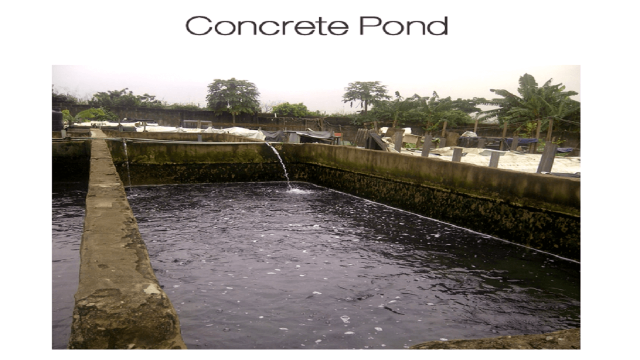
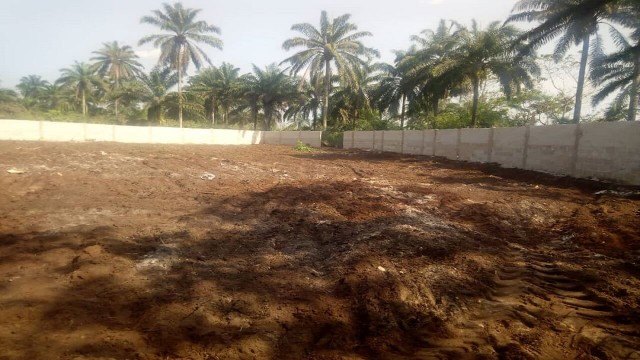
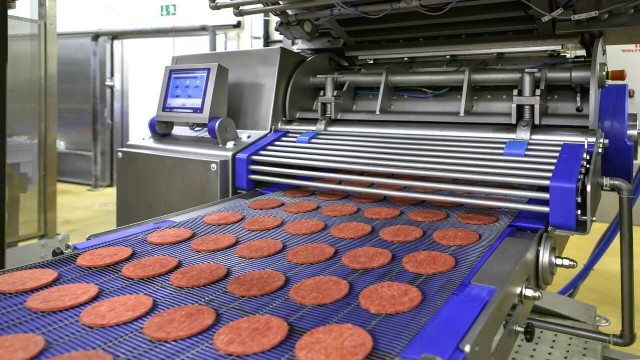
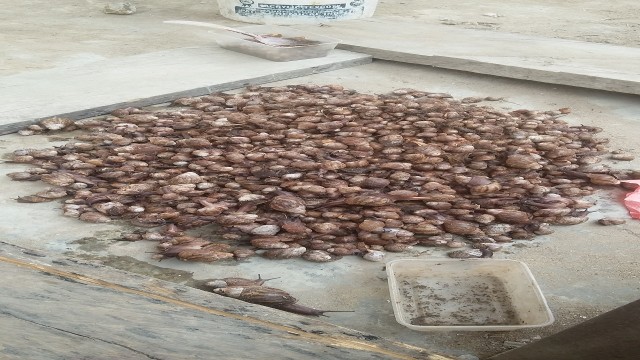

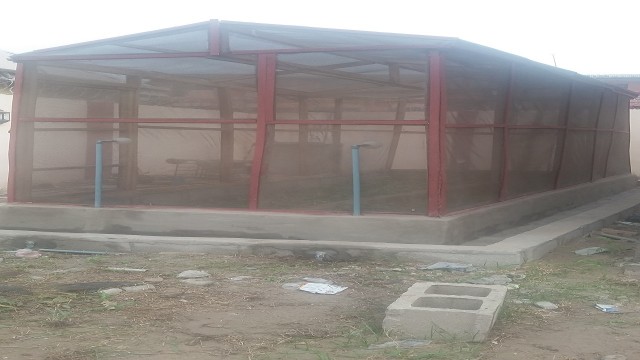
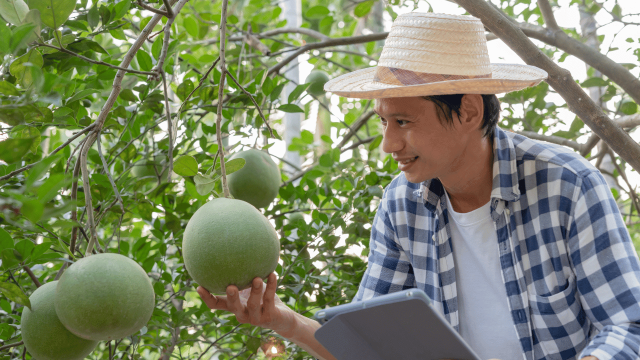



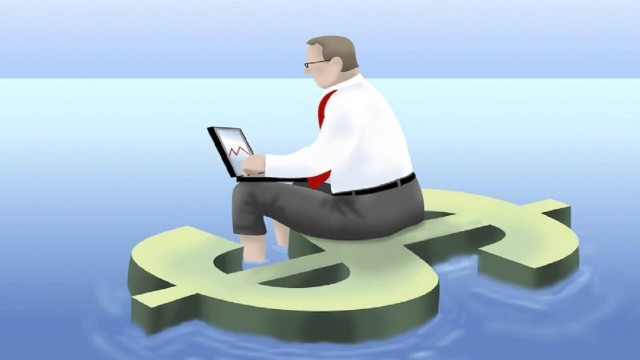

Share This Article: